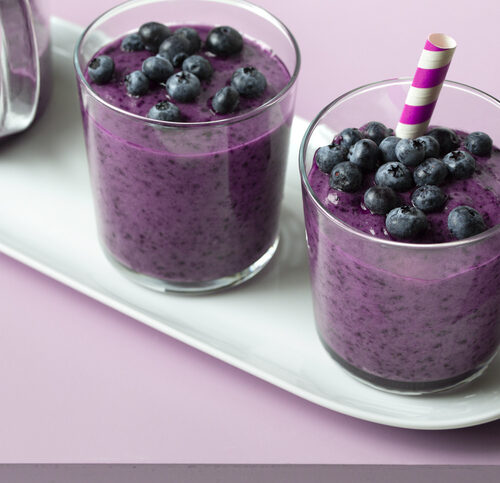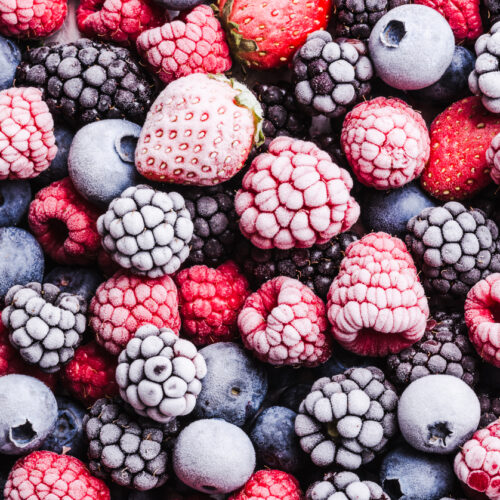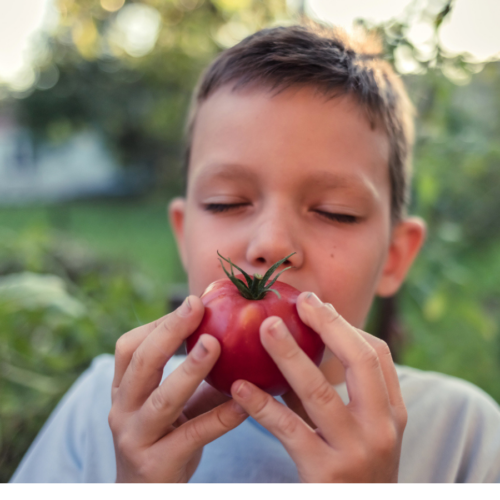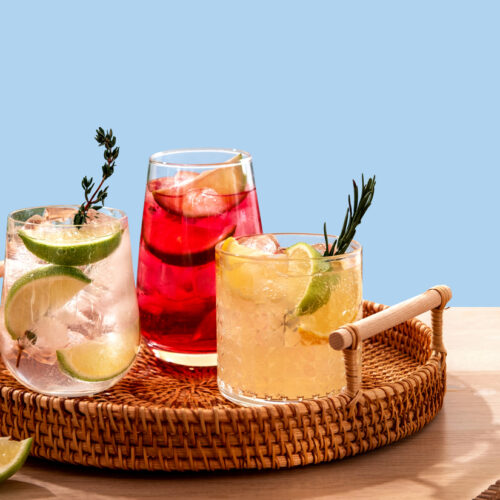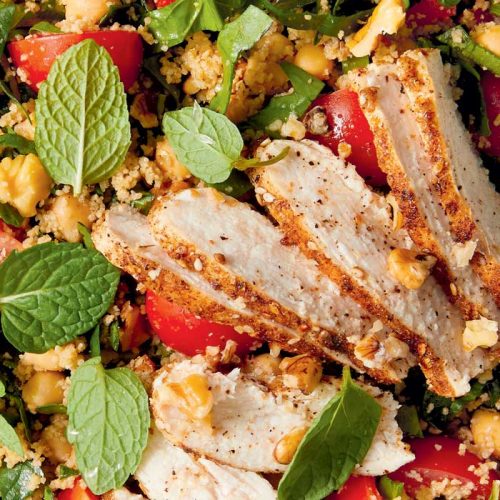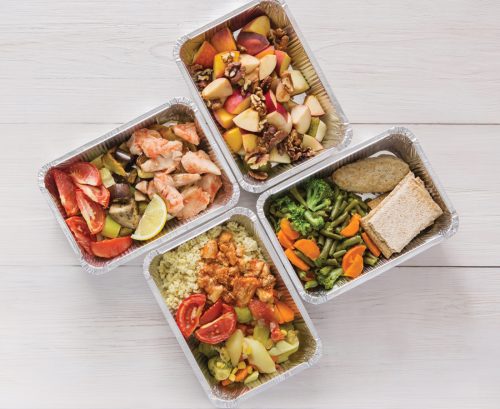
Q Following two weeks in hospital my 82-year-old aunt is getting Meals on Wheels (MOW). She insists on splitting her MOW main course and dessert between her lunch and dinner meals, and thinks this is all the food she needs. But she’s losing weight and I think she needs more food.
A You’re right your aunt does need more food. MOW provides good nutrition and also keeps your aunt connected with the community, through the volunteers delivering the meals.
MOW are designed specifically for older people who are at high risk of malnutrition and unable to prepare their own meals. In New Zealand they’re required to provide a third of the older person’s protein and energy recommended daily intakes. But the person receiving MOW also needs two other meals each day to get enough energy and protein to support rehabilitation.
Many people think the five MOW delivered each week are enough for an older person but this isn’t the case. It’s important people receiving MOW have a good breakfast and evening meal, as well as nourishing snacks and drinks. Splitting a MOW between lunch and dinner defeats the purpose of receiving these nourishing meals, which are best, and safest, consumed at the time they are delivered and not kept for later.
Adding supermarket ready meals or home-delivered fresh or frozen meals is one way to get easy nutrition in addition to the MOW. Family or friends could even arrange Uber Eats or delivery from local roast shops to get the variety to stimulate the appetite of the older person.
MOW are a great start for frail older people who need nutrition support to get back on their feet and maintain their independence. But the bottom line is that spreading one MOW over two meals will not restore an older person to good health.
Article sources and references
- Ministry of Health. 2012. Community Health, Transitional and Support Services - Meals on Wheels Services, Tier Two, Service Specification. Wellington: Ministry of Health
- Ministry of Health. 2013. Food and Nutrition Guidelines for Healthy Older People: A background paper. Wellington: Ministry of Healthhttps://www.health.govt.nz/publication/food-and-nutrition-guidelines-healthy-older-people-background-paper
www.healthyfood.com


